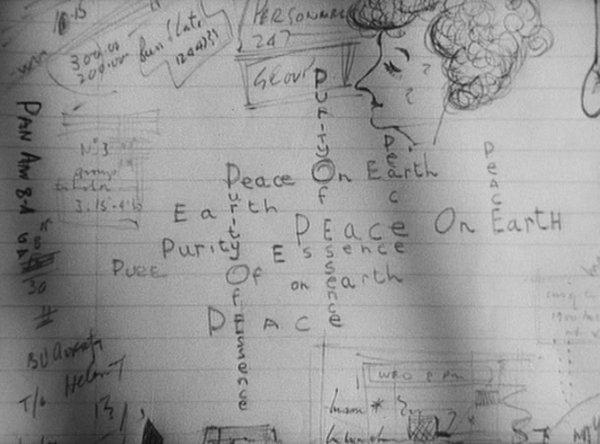Ooh! An audio question where my IT background is relevant! Let's assume we're talking about ethernet cabling and connectors.
To get the cable count to 1 per speaker, the modern answer is wireless powered speakers like the KEF LS60. Still it's interesting to look at why PoE doesn't work very well as a solution.
Unless this thing is to be totally proprietary you need the digital output to be AES50 (
https://en.wikipedia.org/wiki/AES50) for audio over ethernet. At which point each endpoint needs a full ethernet stack, which means each endpoint is now a computer. Or you go full AES67 and use IP networking, which requires a full OS on that computer. At that point, why would you not go with DLNA or similar?
And then you need PoE++ for 100W per port. And PoE++ switches with a total power budget over 200W really only exist in 16 port or larger configs, due to the size of the power supply required. So the cost for the power and signal distribution climbs to at least USD500.

